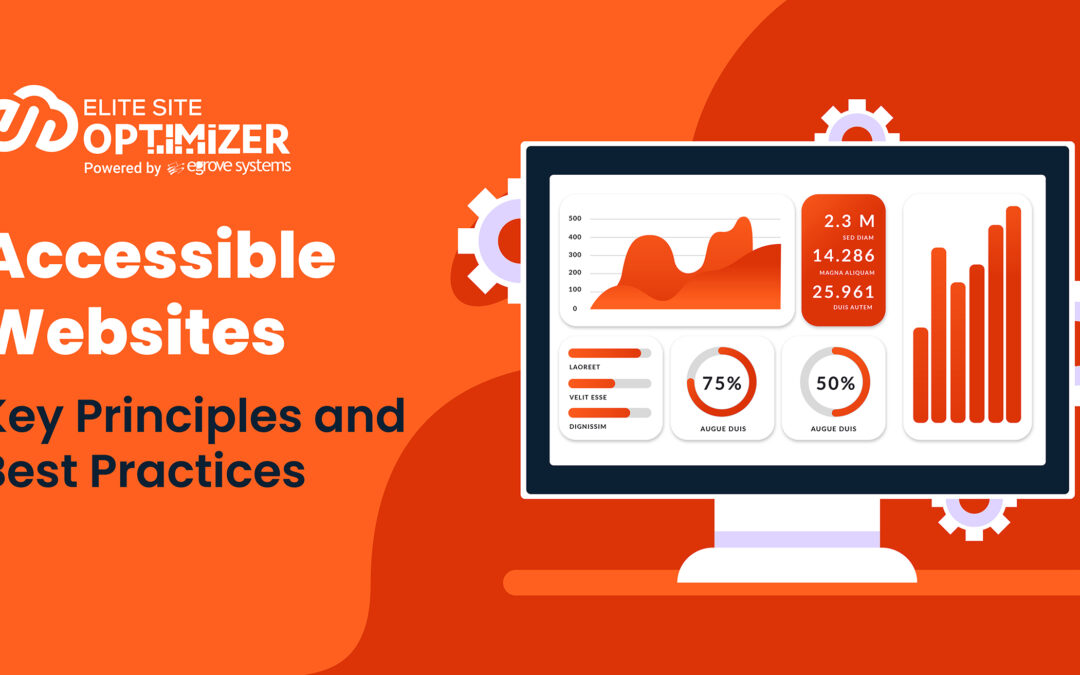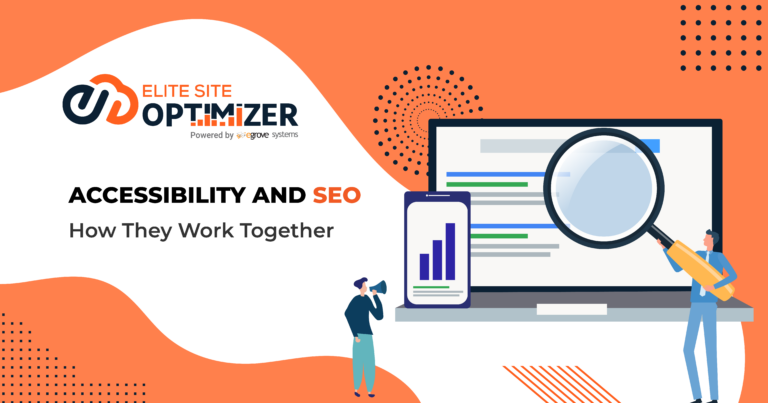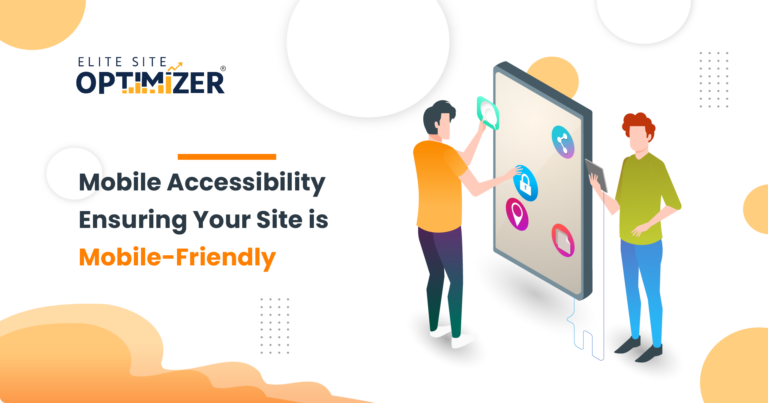The significance of web accessibility is no longer a secret. From public institutions to private and for-profit organizations, everyone is quickly realizing the socio-economic potential of making websites and digital tools accessible to people with disabilities, impairments, and limitations. As the name suggests, web accessibility involves following design and development practices that make websites, tools, and other technologies perceivable, understandable, navigable, and interactable for people with disabilities.
Although web accessibility is not legally enforceable in most countries, except for websites operated by public institutions, the globe is transitioning towards legislative and juridical dictums that make the WCAG more and more compelling. For instance, the European Accessibility Law is a pioneering piece of legislation for web accessibility. If you are a brand that wants to take on the social responsibility of making your website accessible to all and also reap the monetary benefits of the process, then this post is the place to be. Join us as we explore the various principles and best practices to design an accessible website for all in 2024.
How to Make an Accessible Website?
The Online Content Accessibility Guidelines, or WCAG, is an international standard created by the W3C Web Accessibility Initiative (WAI) that establishes the benchmark for guaranteeing online accessibility. The WAI is a project by the World Wide Web Consortium that extends technical specifications, guidelines, and other techniques and provides supporting resources for accessibility.
So, to make your website accessible, you have to adhere to the four primary principles of the WCAG. These include:
- Perception
Most people use their sense of sight to read texts, make sense of page layout, understand the meanings of colors, etc. on a digital device. However, users who cannot depend on sight need a substitute to engage with a website or app. Thus, they must be provided with captions and other alternatives to make the multimedia elements ‘perceivable.’
- Operability
All visitors to a website need to be able to consume the content on the screen. But, simultaneously, they should be able to move around, interact with the site, and move between web pages with ease. To achieve this, your website must be operable with screen readers or voice-assisted navigation tools.
- Understandability
It is a principle that must be incorporated into your design, irrespective of accessibility requirements, as it ensures that your site is easy to explore. The optimal way to ensure that your content is understandable is by using appropriate font sizes and color contrasts.
- Robustness
The way your content is built and formatted on the website is crucial for accessibility, especially for content that is not essentially text-based. Therefore, it has to be simple enough for those who use various assistive technologies, such as screen readers.
Ways to Ensure Web Accessibility: A Six-Step Guide
- Ensure Enough Color Contrast
Color contrast measures the perceived difference in brightness between two colors. The difference is expressed as a ratio and ranges from 1:1 to 21:1. 4.5:1 and higher contrast ratio color pairings are accessible for typical texts, huge texts, and images.
Improved accessibility is provided by color combinations with a contrast factor of 4.5:1 for big texts and images and 7:1 for regular text. Government sites typically adhere to these standards. Moreover, it is, obviously, overwhelming to ensure conformance to color contrast manually. But the good part is that many tools can help you check contrast ratios for different elements of your website.
- Use HTML Semantics Correctly
Many assistive devices use the HTML tags on your site to interpret and serve content to users. Thus, the headings, paragraphs, texts, images, and other elements of your website need the right semantic HTML tags for the site to be completely accessible.
- Make Interactive Elements Stand Out
The third step you can follow to make your website more accessible is to ensure that its interactive elements stand out. As we have already mentioned, one of the golden principles of web accessibility is to ensure that users who leverage your site in several ways, such as by using a keyboard, a mouse, or a screen reader, have easy navigability, perception, and operability.
One way to achieve this feat is by incorporating elements such as links and buttons. These should be easy to identify, and your users must be able to gauge at a glance which elements are in focus or clickable. Thus, it is advisable to use multiple styles for different states. For instance, the hover and focus states should be distinct for actions like a mouse hover, keyboard focus, etc.
- Provide Consistent Options for Website Navigation
Your website’s navigation plays a prominent role in accessibility. So, you must ensure that it is consistent vis-a-vis naming, layout, and styling. Each navigation item must be easy to reach and interact with. Likewise, it is essential to offer alternative features, such as site search or a site map. You can also consider providing cues to direct the user to their current location. Leveraging clear headings or breadcrumbs can help achieve this feat.
- Include Alt-Text and Captions
Alt text is a description of an image on your website. It implies that users of the Internet who are blind or visually impaired may use their screen readers to assist them in understanding all of the site’s content, not just the text. Alt texts are among the core vitals of web accessibility.
Similarly, all the video and media on your site must have captions. Video content is the king, and it is the most traffic-generating tool of the present. However, for people with disabilities, videos without captions can be a frustrating experience. So, make sure that everyone can enjoy the multimedia content on your site by incorporating captions.
- Opt for a Responsive Design
To begin with, responsive design is not a choice; it is a necessity and a significant part of your website’s accessibility. So, you must ensure that your site works well and looks good on different screen sizes and devices, including desktops, tablets, and mobile phones.
Wrapping It Up
So, there we have it: the top 6 principles and best practices to ensure web accessibility.






